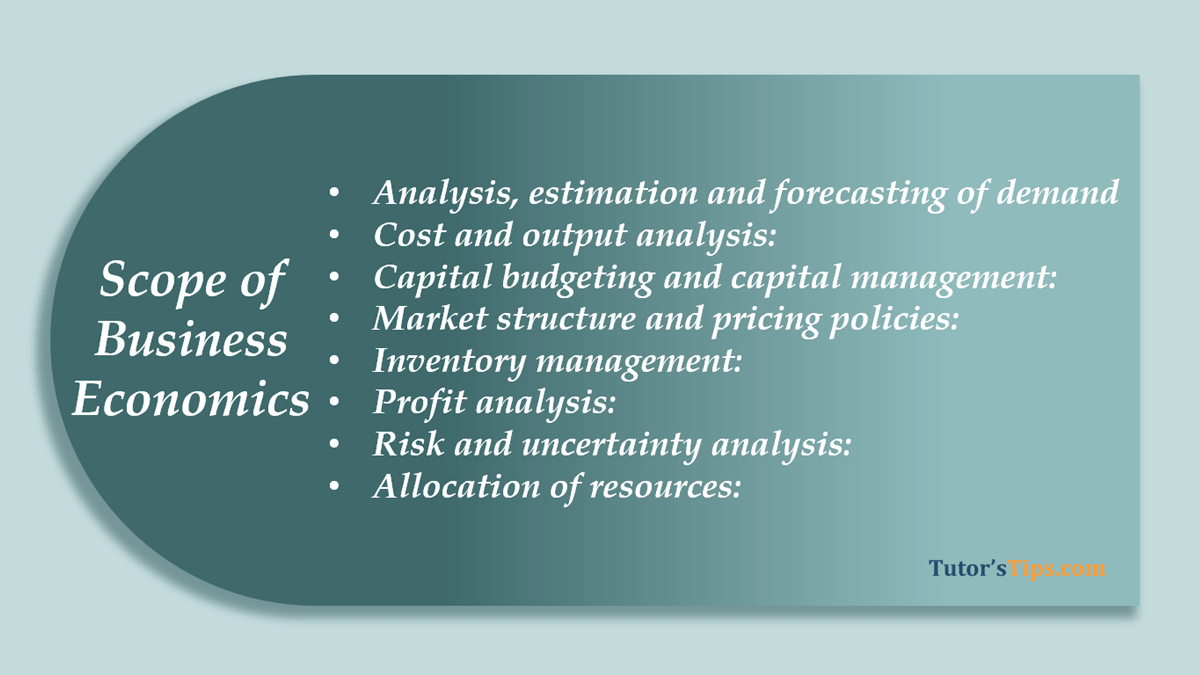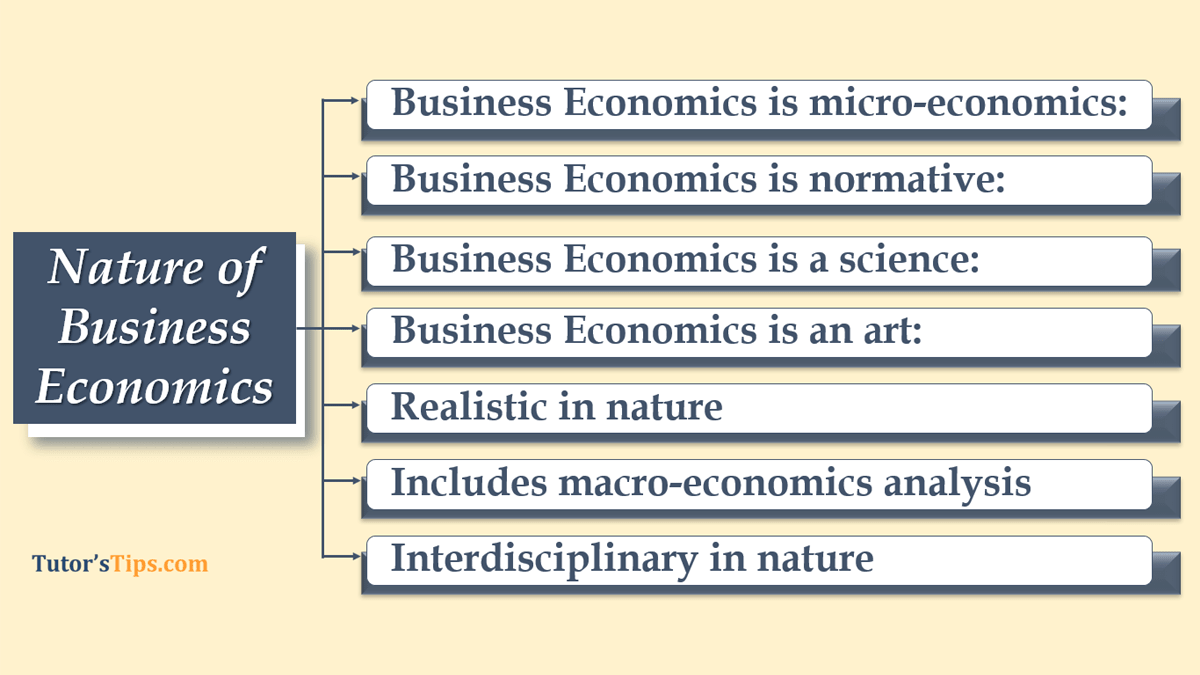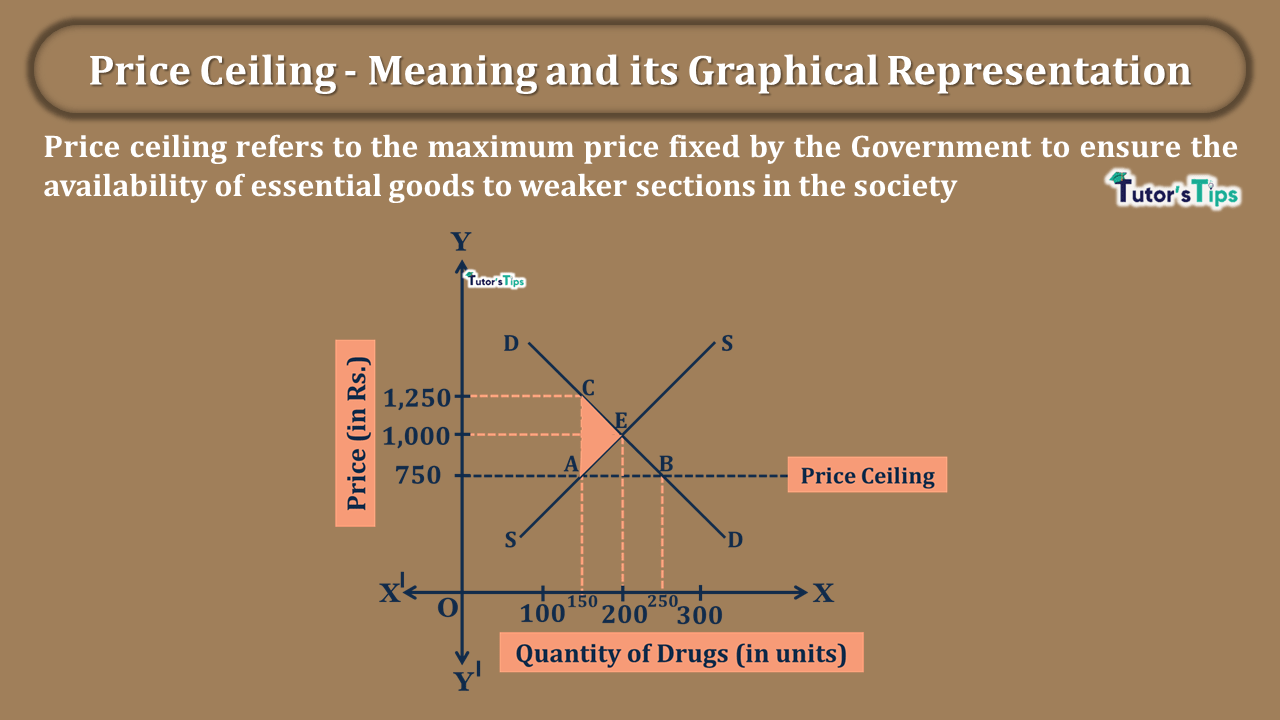Business economics is applied microeconomics employed for the purpose of decision making and planning for an organisation. The scope of business economics is wider since it uses the logic of different disciplines such as mathematics, statistics, marketing and finance to solve problems relating to decision making.
Analysis, estimation and forecasting of demand:
Analysis of demand is all about studying consumer behaviour. It includes the understanding of changing the behaviour of consumers and their preferences with the effect of change in other determinants of demand such as the price of goods, tastes and preferences and income etc. Every business concern decides its level of production based on this demand analysis. They make research and conduct market surveys to know the preferences of consumers. Business economics estimates consumer behaviour in the market and forecasts the quantity demanded by consumers to the production department. It also includes the allocation of resources in an effective manner to meet consumer demands.
For example:
Suppose sales of ‘X’ product in ABC Ltd. in April, May and June is 500,600 and 700 units respectively. So, we can easily estimate the demand for ‘X’ product for month July approximately 600 units, provided market conditions remain the same.
Cost and output analysis:
Business economics deals with various types of costs associated with the operations of an enterprise and the optimum level of output to achieve the organisational goals. The costs analysis enables the firm to identify the behaviour of all costs incurred in the organisation which leads to minimisation of costs whereas output analysis enables the firm to increase the output by securing economies of scale. Thus, business economics is concerned with the minimisation of costs and maximisation of output.
Some of the defined costs under business economics are :
- Opportunity costs
- Implicit and explicit costs
- Historical and replacement costs
- Short-run and long-run costs
- Fixed and variable costs
- Controllable and uncontrollable costs
- Incremental costs and sunk costs
- Total, Average and Marginal costs etc.
Capital budgeting and capital management:
Business economics assists long-run decisions of the firm such as capital budgeting and management of funds. Among the other decisions, managers have to take care of investment decisions that where to invest and how much to be invested. Various theories of business economics give an idea to evaluate these decisions and to allocate the capital. These theories also help the firm to assess the capital structure and its efficiency. Thus, when a firm has to take decisions regarding funds or finance, business economics serves the decision-making process.
Some of the methods used in capital budgeting are :
- Discounted payback period
- Net present value
- Profitability index
- Internal rate of return etc.
Market structure and pricing policies:
Business economics helps to know the extent of competition in the market through the analysis of the market structure. It also enables the firm to draft market strategies for market management under different competitive situations. On the other hand, this market analysis helps the firms to create pricing policies. It provides guidelines to determine price levels under different market conditions.
For example: –
Advertisement-X
Adoption of price skimming strategy includes the high price at the initial stage of the product to maximize profits before competition brings out and prices start to begin whereas penetration pricing includes low prices at the initial stage of the product to undercut the competition and gain market.
Inventory management:
Business economics helps firms while making inventory policies. The profitability of the firm depends on proper inventory management. The business theories provide rules to minimize the costs associated with the inventory such as raw material, work-in-progress and finished goods. Hence, business economics gives different methods such as ABC Analysis and economic order quantity models to maintain optimum stock of inventories.
For example: –
For the business dealing in perishable goods for which demand is time sensitive e.g. fashion items, calendar etc.-keeping inventory in stock can be costly.
Profit analysis:
Profit maximisation is the main aim of every business entity. But at the same time, it faces risks and uncertainty against it. It has to be innovative in its production and marketing of goods to attain the objectives. Business economics deals with all the matters relating to the profitability analysis such as break-even point. The profit theories enable the firm to measure and manage profits under different conditions. Also, it helps in planning profits in future.
Risk and uncertainty analysis:
As we know the business environment is uncertain and risky. Uncertainty exists when the outcomes of decisions can’t be predicted accurately and risk is the chance of loss when all possible outcomes and probability of happenings are not known. Business economics provide experience, insight and prudence to allow managers to make strategies to minimize the chances of failing to meet the organisational goals.
For example:
The investment in government bonds and securities are less risky as returns are certain whereas investment in new business or expansion are riskier as returns are uncertain.
Allocation of resources:
Allocation of resources in business economics means scientific management of resources in line of production, distribution, exchange and consumption. The different methods of resource allocation are explained in economic theories under different conditions.
For example:-
Advertisement-X
In the capitalist economy, it is based on market mechanism whereas, in a free economy, it depends on the forces of demand and supply. Also, business economics uses advanced tools like linear programming and solver to create the best allocation for the optimum utilization of resources.
Conclusion:
Thus, there is a very vast Scope of Business Economics, which covers all those problems which a manager has to face. As these problems can be internal or external, business economics gives different theories to tackle them.
Thanks Please share with your friends
Comment if you have any question.
References:
Introductory Microeconomics – Class 11 – CBSE (2020-21)







1 Comment